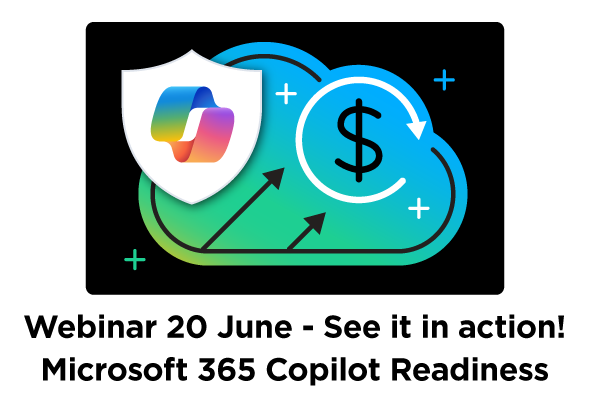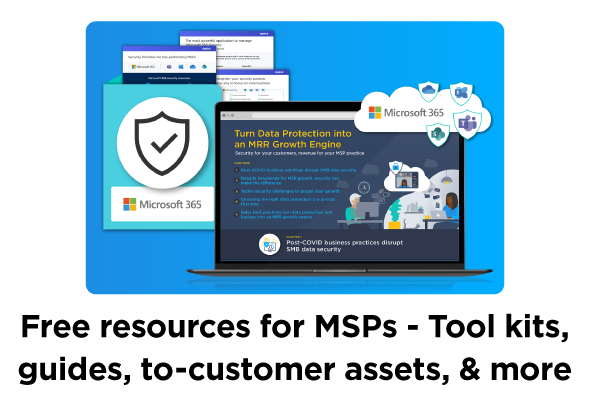Migrations can be complex and risky. Work with a SkyKick partner and a top-rated migration tool to make it simple and stress-free.
For Exchange to Office 365 migrations, SkyKick can pretty much move it all. From your basic email, calendar and contacts data to email signature blocks, rules and calendar permissions, we’ll make transitioning your users from the Microsoft Exchange Server to Microsoft 365 easy and low-risk. Plus, we handle every version of Exchange from 2003 onward.
- Easy to get started
- No business disruption
- Real-time management
- High data fidelity
- Safe – No data deleted
- Smooth transition for employees
Migration products
We know there’s a big difference between migrating a few desk-less workers and migrating an entire enterprise-level organization. SkyKick offers three different migration products to meet your unique environment.
From start to finish your service provider is responsible for orchestrating everything from project plan, setup and management to high fidelity data transfer to end-user readiness and reconfiguration. Intelligent automation streamlines your digital transformation for a stress-free cloud migration.
Data-Only
Email Migrations
Move just the email data. Perfect for businesses that only need data migrated
Small Business
Migration Suite
Robust project automation designed for Office 365 migrations from 1-250 users
Enterprise Email
Migration Suite
Project automation for large, staged, or multi-server Office 365 migrations
What we migrate from Exchange to Microsoft 365
- Calendar
- Contacts
- Tasks
- Data Journal
- Alias/Distribution Groups
- Public Folders (Unlimited)
- Public Folder Permissions
- Shared Mailbox
- Massive Mailboxes (50GB+)
- Email Categories
- Folder & Calendar Permissions
- Mailbox Full Access Permission
- Meeting Invite Integrity/Status
- Outlook Profile
- Offline PSTs
- Address Autocomplete
- Signature Block
- Rules
Ready to start the process?
Get a customized quote for your company today
Our goal is to empower customers to achieve more with the peace of mind that their data is protected and secure when migrated to the cloud. Our bundled solution of Microsoft 365, a SkyKick migration, SkyKick Cloud Backup, and our CordiCare Support gives customers exactly that. And it allows us to spend more time focusing on strategy, solving business problems for our customers and helping them achieve their goals.”
– Jeff Moser, CTO, Cordicate IT
Frequently asked questions
What makes SkyKick migrations different from other Exchange mailbox migration tools?
We built the SkyKick Migration Suites to provide IT partners with an automated migration tool to accelerate their customers’ cloud transformation with comprehensive planning, accurate provisioning, no lost data, and a great end-user experience. Unlike other Microsoft 365 migration tools that focus primarily on moving server-side data—one step in a comprehensive migration-consulting project—SkyKick technology automates up to 90% of the manual effort and enables partners to effectively manage all of the essential steps across the entire migration project.
How can I get started with an Exchange to Office 365 migration?
The best way to get started with an Exchange to Office 365 migration – or any migration – is to contact a SkyKick Migration Suites service provider. They can share detailed information on Pre-Migration Prep Guide, Migration Planning and Configuration, Migration Monitoring and Management and Getting Started Guide for Microsoft 365.
Do you migrate every version of Exchange to Office 365?
SkyKick performs migrations to Office 365 from every version of Exchange from 2003 onward. For more information, see Exchange to Office 365 Migration.
Are there any special considerations for Exchange 2003 to Office 365 migrations?
Exchange 2003 and some early versions of Exchange 2007 support the WebDAV protocol. For those wanting to migrate from Exchange servers using the WebDAV protocol, SkyKick provides a high-fidelity migration from WebDAV with the following limitations:
- No permissions are migrated
- Distribution groups are migrated, but not membership
- Categories are migrated, but no master category list
- Impersonation is not supported (see Configuring a Delegated Access user section below)
For more information, see Migrating from Exchange WebDAV in the SkyKick help center.
How do you perform Exchange Server to Office 365 migrations?
For Exchange to Office 365 migrations, SkyKick can pretty much move it all. From your basic email, calendar and contacts data to email signature blocks, rules and calendar permissions, your service provider will make transitioning from the Microsoft Exchange Server to Outlook 365 easy and low risk. For more information, see Exchange to Office 365 Migration.
Does SkyKick perform Office 365 to Office 365 Migrations?
Yes, while Office 365 to Office 365 (O to O) migrations are similar to migrating from any hosted Exchange EWS server, there are critical differences that require additional attention. For more information see Office 365 to Office 365 Migrations – What you need to know and to discuss a specific O to O migration, contact a SkyKick Migration Suites service provider.
What kind of data can be migrated in an Exchange to Office 365 migration?
SkyKick migrates server-side data, including email, calendars, tasks, contacts, and inbox rules for individual mailboxes, shared mailboxes, as well as public folders and associated permissions. SkyKick also migrates local client-side data, including auto-complete and email signature blocks.
How long does it take to perform an Exchange to office 365 migration?
Because no two migrations are identical, it is difficult to predict precisely how long a migration from Exchange to Office 365 will take. This is due to a variety of factors, including migration method, data source, data type and density, network performance, end-user engagement, and throttling, that can extend the duration required to complete the migration. However, SkyKick makes it easy to schedule and adjust a migration date, scope and requirements, depending on the desired timeline.
How much does SkyKick charge to migrate public folders?
Unlike other email migration vendors, SkyKick charges the same price for public folders as mailboxes.
How does SkyKick reduce the risk of data loss in Exchange to Office 365 migrations?
SkyKick migration technology automatically processes data at the nearest regional Microsoft Azure data center in the country where the Office 365 tenant specified in the Migration Planner is located. All email content remains in the region during a migration. This includes compute, path of information from source to destination, and storage of metadata/state files. This information is transferred directly from source server to Office 365. At no time are data written to disk, stored, or taken possession of by SkyKick. For more information see Migration Security.
How do SkyKick migrations interact with directory synchronization (e.g. AD Connect)?
Directory synchronization is not required for Office 365 or SkyKick Migrations. However, if the company being migrated wants to implement directory synchronization, SkyKick technology can still be used. For more information, see Configuring Active Directory Synchronization for an Office 365 Migration.
Does the SkyKick Outlook Assistant have any requirements?
Local PC health is essential to the success of the Outlook Assistant. It is recommended that Windows Update be run on all machines prior to the installation of the Outlook Assistant to ensure that the local Office installation is ready to connect to Office 365. For additional requirements see Outlook Assistant Overview.
Is SkyKick HIPPA compliant?
SkyKick conforms to all the HIPAA requirements of a Business Associate. It can therefore sign and fulfill the elements contained in its Business Associate Agreement (BAA) (once completed and signed by a covered entity performing the migration). The BAA contains the elements specified at 45 CFR 164.504€, including:
- A description of the permitted and required uses of protected health information by SkyKick.
- The provision that SkyKick will not use or further disclose the protected health information other than as permitted or required by the contract or as required by law
- Requirements to use appropriate safeguards to prevent a use or disclosure of the protected health information other than as provided for by the contract.
For more information, see HIPAA Compliant Migrations.






